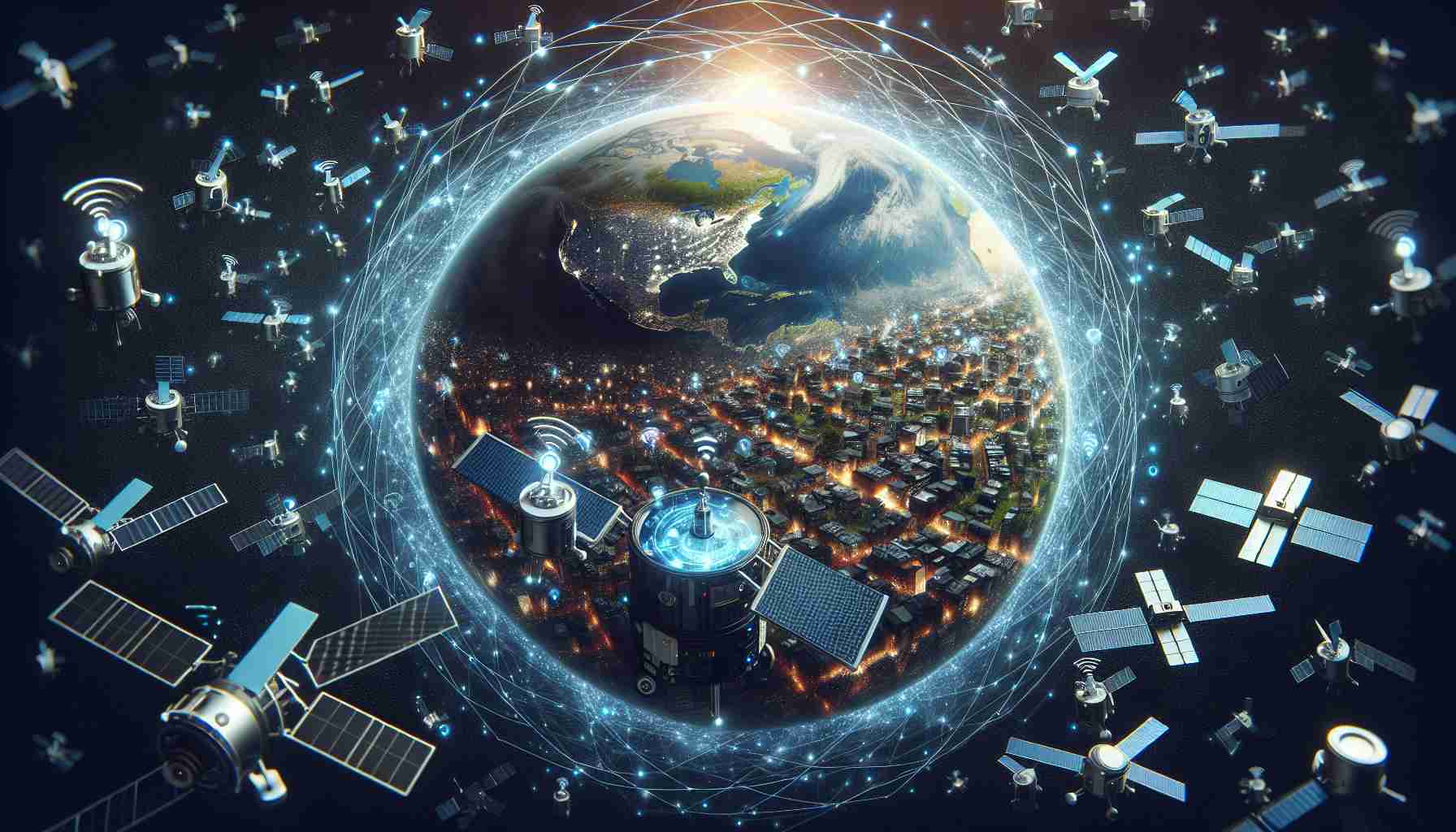
The satellite-based Internet of Things (IoT) sector is witnessing remarkable expansion, driven by new research from the IoT analytics firm Berg Insight. As of 2023, the number of satellite IoT subscribers worldwide has surpassed 5.1 million and is projected to soar at an impressive annual growth rate of 39.2%, potentially reaching around 26.7 million by 2028.
This surge is also reflected in connectivity revenue, which is anticipated to grow from €302.9 million in 2023 to approximately €1.35 billion within five years. Despite the revenue growth, the average revenue per user (ARPU) for satellite IoT is expected to decline to €4.20 by 2028.
One of the key advantages of satellite IoT technology is its ability to provide connectivity in remote areas, which are only served by terrestrial networks about 10% of the time. This capability is invaluable to various industries including agriculture, maritime logistics, and oil exploration.
Leading players in this burgeoning market include Iridium, Orbcomm, and Globalstar, with Iridium currently holding the largest share of subscribers. New entrants, such as Astrocast and Swarm Technologies, are emerging rapidly, utilizing low-earth orbit nano-satellite technology to enhance connectivity services.
Collaborations between satellite and mobile network providers are on the rise, paving the way for innovative hybrid services. This trend indicates a promising future for IoT communications across diverse sectors, as companies establish strategic partnerships to bolster their offerings.
The satellite connectivity sector is increasingly recognized as a transformative force within the Internet of Things (IoT) landscape, delivering unprecedented opportunities across a multitude of industries. The integration of satellite technology into IoT infrastructures is not only driving subscriber growth but is also reshaping how organizations communicate and operate in an increasingly connected world.
Key Questions and Answers:
1. What are the primary industries benefiting from satellite IoT?
Satellite IoT is making substantial impacts in sectors such as agriculture, where it enhances precision farming through real-time data collection. Maritime and logistics industries benefit from improved tracking of vessels and cargo. Additionally, emergency response sectors utilize satellite connectivity for efficient disaster management and recovery operations.
2. What are the major challenges facing satellite IoT expansion?
One significant challenge is the high cost of satellite deployment and maintenance. Furthermore, latency issues associated with geostationary satellites can impact real-time applications. Competing terrestrial networks also pose a challenge, especially in regions where infrastructure is robust and cost-effective.
3. How does satellite IoT address data security concerns?
Security remains a critical issue in IoT, and satellite networks are not immune. However, advancements in encryption technologies and secure protocols are being implemented to protect data transmitted via satellite, addressing potential vulnerabilities more effectively than in some traditional networks.
Advantages of Satellite Connectivity in IoT:
– Global Coverage: Unlike terrestrial networks, satellite IoT can connect devices across vast geographical areas, including remote and rural regions where traditional connectivity is lacking.
– Scalability: The capacity to easily deploy satellite networks across new regions enables scalable solutions for businesses looking to expand their operations.
– Resilience: Satellite systems are less prone to disruptions caused by natural disasters or geographic obstacles, ensuring a constant flow of data even in adverse conditions.
Disadvantages of Satellite Connectivity in IoT:
– High Initial Costs: The costs associated with launching and maintaining satellite infrastructure can be prohibitive, especially for small and medium-sized enterprises.
– Latency Issues: While low-earth orbit (LEO) satellites mitigate latency, geostationary satellites may still lead to delays that affect time-sensitive applications.
– Band Width Limitations: Although advances are ongoing, satellite communications can still struggle with limited bandwidth compared to terrestrial systems, impacting data transmission speeds during peak usage.
Conclusion:
The satellite connectivity revolution is vital for enhancing IoT functionalities across diverse markets. Through its ability to bridge connectivity gaps in remote regions and its scalability potential, satellite IoT is a game-changer, though it is also faced with challenges that must be navigated for sustainable growth.
For more information about satellite communications and their growing impact on IoT markets, visit SatNews.com.



